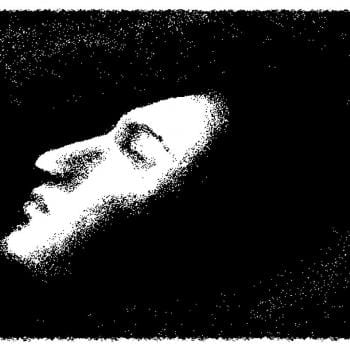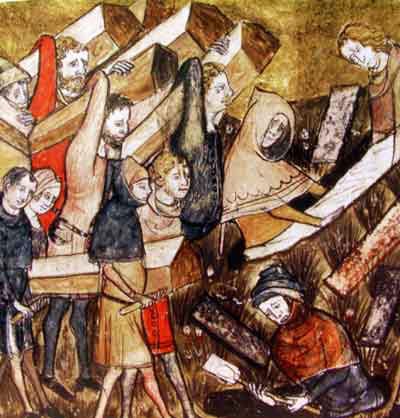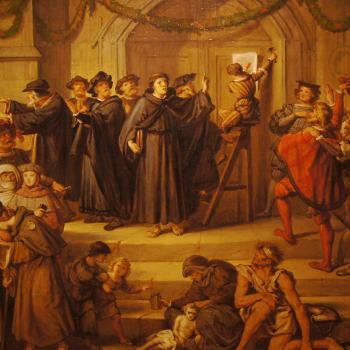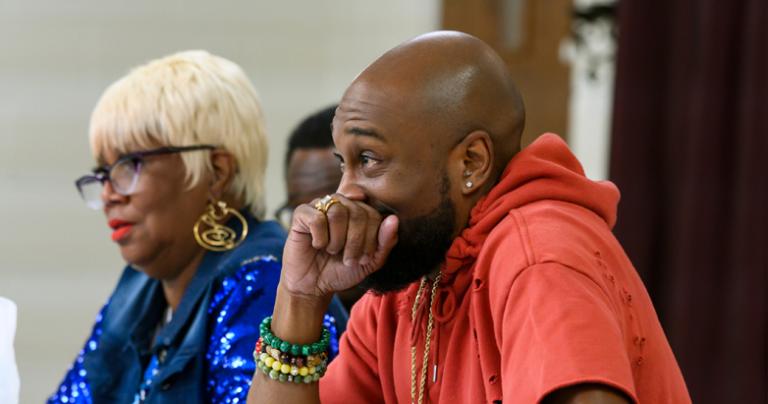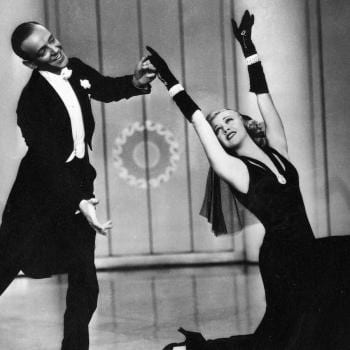- Trending:
- Forgiveness
- |
- Resurrection
- |
- Joy
- |
- Afterlife
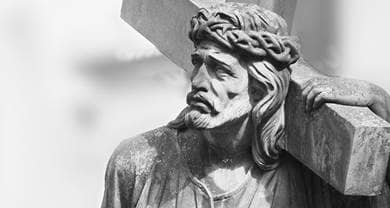
RELIGION LIBRARY
Christianity
Leadership
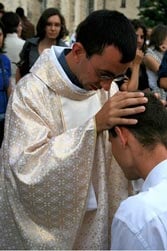 Early churches adopted the hierarchical political organization of the Roman Empire. There was a single bishop, with authority over and responsibility for each local community. Each community also had presbyters, elders with whom the bishop consulted. The deacons assisted in administrative functions. In this way the first Christians instituted a distinction between the people, called the laity, and the community leaders, called clergy. Members of the clergy are ordained, or set apart for ministry. In the early Church, clergy were ordained by the ritual laying on of hands, conducted by the bishop, and most churches today continue with this or a similar practice.
Early churches adopted the hierarchical political organization of the Roman Empire. There was a single bishop, with authority over and responsibility for each local community. Each community also had presbyters, elders with whom the bishop consulted. The deacons assisted in administrative functions. In this way the first Christians instituted a distinction between the people, called the laity, and the community leaders, called clergy. Members of the clergy are ordained, or set apart for ministry. In the early Church, clergy were ordained by the ritual laying on of hands, conducted by the bishop, and most churches today continue with this or a similar practice.
 When Christianity was formalized as the official religion of the Roman Empire (380), the Church institutionalized these roles. It incorporated local churches into an empire-wide hierarchy organized along the same political lines as those established by the Roman Empire. All churches and their bishops in a Roman province were presided over by an archbishop, or the bishop of the provincial capital. Next came regional groupings of provinces, all presided over by patriarchs. There were five patriarchates: Rome, Antioch in Syria, Alexandria in Egypt, Jerusalem, and Constantinople.
When Christianity was formalized as the official religion of the Roman Empire (380), the Church institutionalized these roles. It incorporated local churches into an empire-wide hierarchy organized along the same political lines as those established by the Roman Empire. All churches and their bishops in a Roman province were presided over by an archbishop, or the bishop of the provincial capital. Next came regional groupings of provinces, all presided over by patriarchs. There were five patriarchates: Rome, Antioch in Syria, Alexandria in Egypt, Jerusalem, and Constantinople.
 Bishops were often called papa or father, although in time papa, or pope, was reserved for the bishop in Rome. The pope acquired a primacy among bishops in part because of Rome's political position as the capital of the Roman Empire, but also because Rome was also the only diocese that claimed a significant connection to two leading apostles. Christian tradition places both Peter and Paul in Rome, and holds that both were executed there by the Emperor Nero in 64. While this is a subject of discussion and dispute among historians, Christian tradition names Peter as the first bishop of Rome.
Bishops were often called papa or father, although in time papa, or pope, was reserved for the bishop in Rome. The pope acquired a primacy among bishops in part because of Rome's political position as the capital of the Roman Empire, but also because Rome was also the only diocese that claimed a significant connection to two leading apostles. Christian tradition places both Peter and Paul in Rome, and holds that both were executed there by the Emperor Nero in 64. While this is a subject of discussion and dispute among historians, Christian tradition names Peter as the first bishop of Rome.
 After the Roman Emperor Constantine moved the capital of the empire from Rome to the city of Constantinople in 330, the bishop of Constantinople became the most influential patriarch of the East. The patriarchates of Antioch, Alexandria, and Jerusalem came under Muslim rule in the 7th century, and the status and importance of those patriarchates weakened as Christianity became a minority religion in those regions.
After the Roman Emperor Constantine moved the capital of the empire from Rome to the city of Constantinople in 330, the bishop of Constantinople became the most influential patriarch of the East. The patriarchates of Antioch, Alexandria, and Jerusalem came under Muslim rule in the 7th century, and the status and importance of those patriarchates weakened as Christianity became a minority religion in those regions.
Dispute resolution in the early Church was handled in one of two ways. The churches sought consensus from all bishops in gatherings called Church councils. As the western Roman Empire crumbled, and with it the political unity and stability of western Europe, the bishop of Rome was increasingly the focal point for political continuity. Eventually the pope became the ultimate authority for the Roman Catholic Church, the western branch of Christianity. In contrast, the eastern Roman Empire continued for another thousand years, allowing the eastern Church to develop a less centralized form of hierarchical clerical organization. No single bishop in the Eastern Orthodox tradition possesses final authority over matters of Church belief and practice. To this day, only consensus achieved at a Church council has ultimate authority in the East. In the West, problems and abuses associated with the tightly centralized organization of clergy sparked the Protestant Reformation, leading to the establishment of separate churches, called denominations, with different leadership norms.
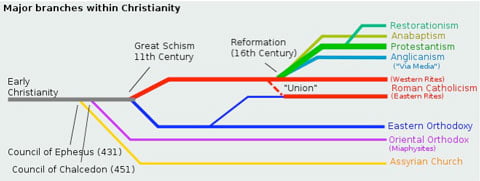
| Leadership styles in Christian churches today | ||
| Episcopal leadership governed by bishops |
Presbyter leadership | Congregational leadership |
| Roman Catholic Eastern Orthodox Anglican Methodist Lutheran |
Presbyterian | Baptist Other free churches |
| Emphasis on apostolic succession: bishops as inheritors of authority | "Ruling elders" have authority | Local churches are self-governing |
The leadership styles of contemporary Christian churches can be sorted into three broad categories. The Roman Catholic, Eastern Orthodox, Anglican, Methodist, and Lutheran churches follow an episcopal (governed by bishops) leadership style. These churches place a high value on the doctrine of apostolic succession, believing that the bishops are the inheritors of the authority of the apostles. Presbyterian churches invest the presbyters with leadership and authority. Seeing no evidence for the doctrine of apostolic succession in the New Testament, Presbyterian churches invest authority in the session, an assembly of members comprised of the minister or ministers and ordained laity, called ruling elders, elected by the congregation. The minister presides, but all elders have an equal right in discussion and in voting. Finally, Baptists and many free church traditions follow a model of congregational leadership in which local churches are independent and self-governing; while a minister leads the congregation, community decisions are made by majority vote.
There is a great deal of room for variation within these models of leadership, and some churches do not fit neatly into any one of these categories. Specific clerical and other leadership customs are discussed in the separate articles on the different Christian traditions.
Study Questions:
1. How was Christianity originally hierarchical? Is it still structured this way? Explain.
2. Describe how political instability helped to solidify the pope's place of power.
3. What are the three broad leadership categories within Christianity? What denominations fall under each?



